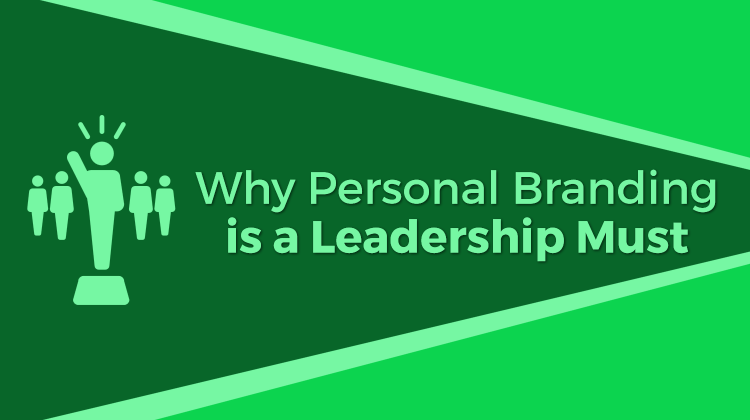Challenges and Opportunities in the Evolving Business Landscape.
In a 2023 survey, it was found that 65% of leaders from global companies intended to augment their use of contingent workers over the subsequent two years, with 80% already incorporating them into their workforce.
However, 70% encountered difficulties in integrating these workers. Keeping abreast of trends in the contingent workforce is vital for both employees and employers. This understanding aids in anticipating and adapting to shifting business requirements, fostering successful innovation, and navigating the changes in consumer behavior and work trends, such as remote and flexible work arrangements. Here are five trends to consider for your workforce strategy.
5 Contingent Workforce Trends to Watch.
1. Upskilling employees: Throughout 2023 and extending into 2024, the trend of upskilling has gained significant momentum, propelled by the swift incorporation of technologies such as generative AI. With an estimated 7 out of 10 HR professionals grappling with skills gaps, fostering a culture of perpetual learning is crucial for all workers, encompassing both in-house staff and external personnel, including those engaged in the gig economy and remote work sectors. To cater to a wide array of opportunities, companies might consider investing in upskilling initiatives that are accessible to contingent workers.
These could include online courses and project-based learning experiences, thereby ensuring that these workers have access to the same avenues for growth as their full-time counterparts. The accelerated rate of technological advancement necessitates that workers continually acquire and refresh their skills (a process known as upskilling) to maintain their relevance in the industry.
It is incumbent upon companies to instill a culture of ongoing learning that benefits both full-time employees and contingent workers. As the gig economy expands, contingent workers will require a broader skill set to thrive. To attract and retain this adaptable workforce, companies are advised to invest in upskilling programs, such as online courses and micro-credentials, specifically tailored for contingent workers.
2. Skills-based hiring: As a response to the prevalent skill gap, the practice of skills-based hiring is on the rise. A 2023 report by TestGorrilla revealed that 70% of employers consider this method more effective than traditional resume screening. This approach dovetails with the trend of flexible work arrangements, positioning contingent workforce programs as an optimal solution to bridge skill gaps. Employers have the option to utilize specialized freelance platforms or job boards to access a diverse talent pool with specific expertise. Alternatively, they can exploit professional networks or industry groups for recommendations.
Collaborating with an employer of record that specializes in contingent worker engagement can further streamline the process by providing direct access to the required skills. In an effort to address skill gaps and secure the right talent for the job, companies are progressively adopting skills-based hiring. This strategy aligns well with the expanding trend of contingent workforces. Businesses can harness freelance platforms or professional networks to identify contingent workers equipped with the specific skills they require.
The process can be further simplified by partnering with agencies that act as an employer of record for contingent workers.
3. Hiring in emerging markets: The global contingent workforce is experiencing rapid growth, a trend fueled by online platforms such as Upwork and Toptal that connect employers with talent on a global scale. Upwork serves as a vast marketplace for a variety of skills, while Toptal is renowned for its focus on top-tier freelance talent, particularly in the realms of software development, finance, and project management. The emergence of global Employer of Record (EOR) services further enhances these platforms by enabling companies to hire talent in countries where they do not have established business entities.
This not only simplifies complex employment aspects such as payroll and compliance but also facilitates access to talent pools in emerging markets. Consequently, companies can now hire on a global scale and leverage online platforms to reach a diverse audience. For example, Africa has witnessed substantial growth in IT, graphic design, and writing jobs, with job postings on digital platforms in sub-Saharan Africa increasing by 130% in 2023, signaling the rise of opportunities in less developed countries.
Online platforms like Upwork and Toptal are bridging businesses with a global contingent workforce, thereby broadening access to a more diverse range of skills and talent pools. EOR services are simplifying the legal and administrative complexities associated with employing this global workforce. This trend is empowering companies to extend their hiring reach beyond geographical constraints and tap into talent pools in emerging markets. Africa, for instance, is seeing a surge in demand for IT, graphic design, and writing skills."
4. A focus on compliance: In the current year, astute companies and HR teams are placing a high priority on compliance regulations, given the escalating complexity of legislative environments and the frequent emergence of new employment regulations. Amidst the ongoing legal disputes involving gig platforms such as Instacart and Uber, the issue of freelancer compliance demands meticulous attention. It is vital for companies to ensure in-house compliance and also to verify the reliability of their staffing agencies or Employer of Record (EOR) partners’ practices. Compliance holds equal importance for contingent workers and internal staff, especially in the case of large independent contractor populations, necessitating comprehensive and regular vetting.
With the legal landscapes in constant flux and new employment regulations appearing incessantly, compliance will be a top concern for discerning businesses and HR teams in 2024. The continuing legal battles involving gig platforms like Instacart and Uber underscore the need for scrutiny of freelancer compliance. Companies are required to not only ensure that their internal practices are compliant but also to confirm the reliability of their staffing agencies and Employer of Record (EOR) partners.
This is particularly crucial for businesses with substantial independent contractor populations, where thorough and regular vetting of contingent workers is essential to uphold compliance for both the company and its workforce.
5. Understanding multigenerational workforces: The workforce of the future is multigenerational, and companies that cater exclusively to Baby Boomers risk overlooking top talent. Gen Z, which constitutes a significant portion of the future workforce, places a high value on work-life balance, diversity initiatives, and purpose in their work - both for full-time and contingent roles. This emphasis on flexibility aligns well with contingent work, but companies must ensure these roles are integrated into their overall culture and DEI (Diversity, Equity, and Inclusion) efforts to attract Gen Z talent.
By understanding the needs of each generation, companies can build a robust contingent workforce that drives success in a diverse employment landscape. As employers prepare for the implementation of contingent workforce programs, they recognize the importance of catering to a multigenerational employment landscape. With Gen Z projected to make up over a quarter of the workforce by 2025, their priorities of work-life balance, diversity, equity, and inclusion (DEI), sustainability, and purpose-driven work are of significant importance.
Gen Z’s preference for flexibility aligns with contingent roles, but it’s crucial to integrate these roles into the organizational culture and DEI initiatives to attract top talent. By acknowledging and adapting to the unique characteristics of each generation, employers can create a more inclusive and dynamic contingent workforce capable of driving innovation and growth in today’s diverse employment landscape.
In conclusion, the future of work is increasingly diverse and flexible, with a growing emphasis on contingent roles. As the workforce becomes more multigenerational, companies must adapt their strategies to cater to the unique needs and priorities of each generation. This includes creating a culture of continuous learning, implementing skills-based hiring, and ensuring compliance with evolving employment regulations.
By leveraging online platforms and Employer of Record services, companies can tap into global talent pools and foster a more inclusive, dynamic, and successful workforce. As we move forward, these trends will continue to shape the employment landscape, offering exciting opportunities for both businesses and workers alike.
DaMar Staffing Solutions of Indianapolis is a full service, contingency-based recruitment firm, focused on administrative and professional staffing for all industries. There are many staffing agencies, but you want a staffing agency that will work for you. With over 20 years of experience, DaMar Staffing Solutions has built a reputation for providing quality service, top-notch professionals and flexible recruiting solutions for Indiana companies.










